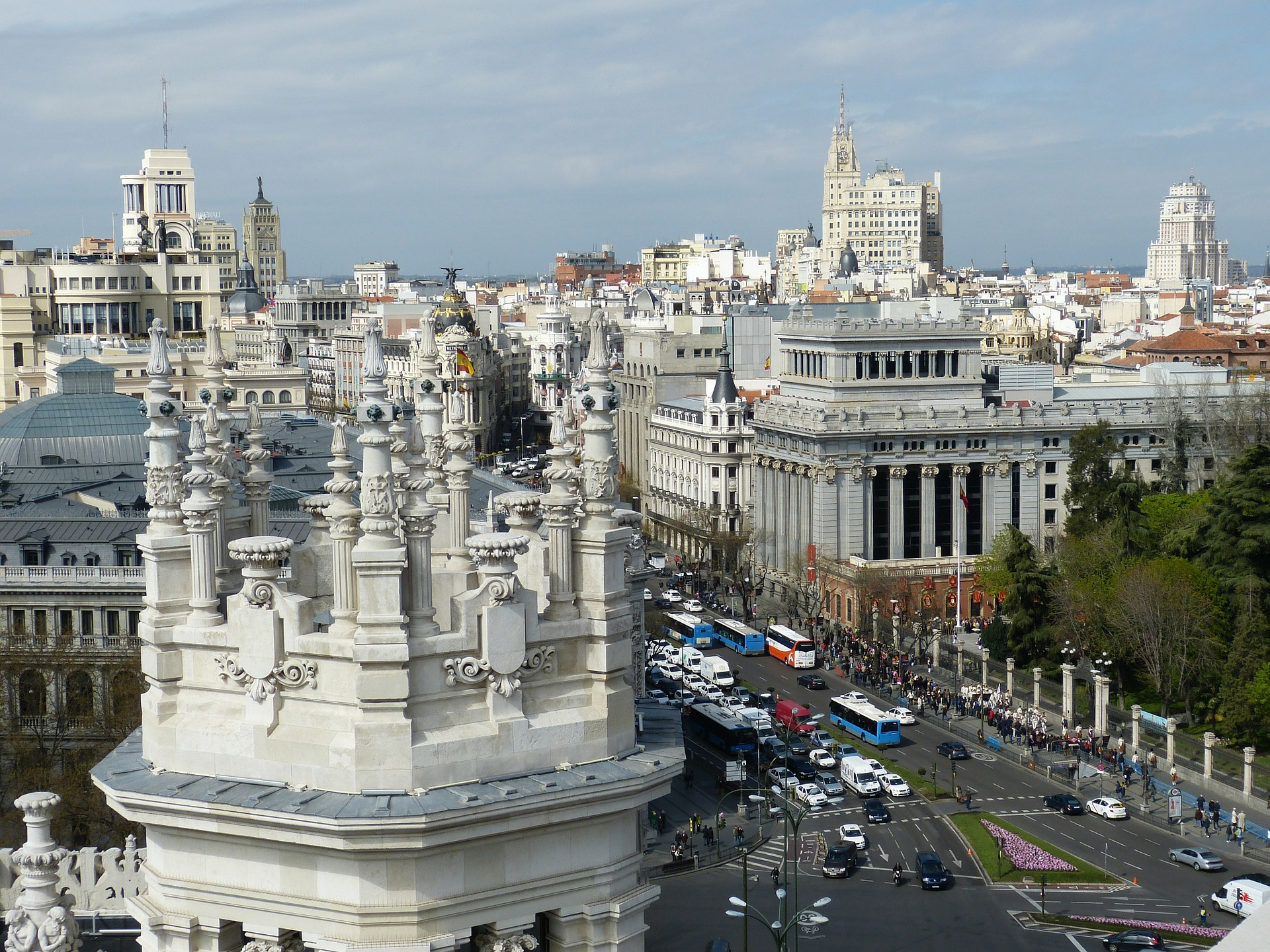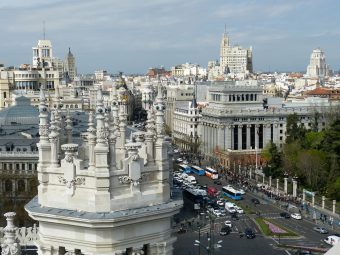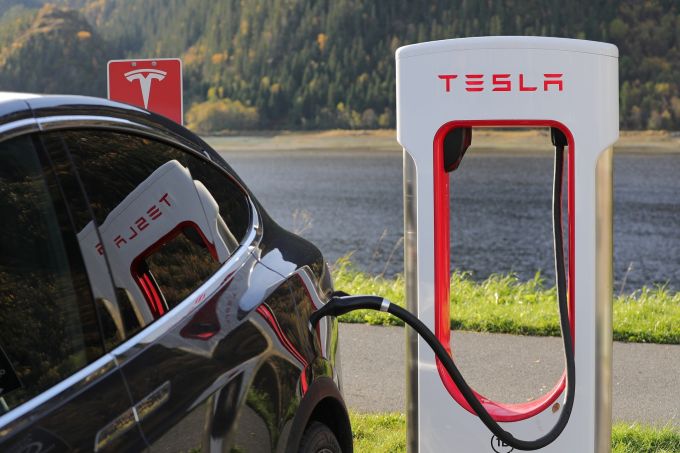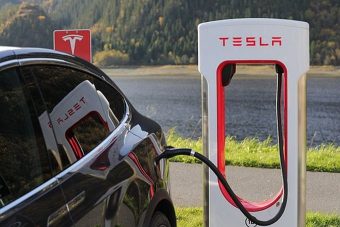 The Memorandum between the ISWA & Lets Do It! will create opportunities for an exchange of know-how and cooperation for sustainable solid waste management on a global scale.
The Memorandum between the ISWA & Lets Do It! will create opportunities for an exchange of know-how and cooperation for sustainable solid waste management on a global scale.
SWA and Let’s Do It World! have signed a Memorandum of Understanding (MoU) which recognises one another’s shared values and principles and will create opportunities for mutual cooperation between the two.
Let’s Do It! is a civic-led mass movement that began in 2008 when 50,000 people united to clean up the entire country of illegally dumped solid waste in just five hours.
Since then, Let’s Do It! has spread this model—one country in one day—around the world. To date, 113 countries and 16.1 million people have joined Let’s Do It! to clean up illegally dumped waste. The ultimate, but not final, goal of is to gather as many people in as many countries by September 8, 2018, which will be World Cleanup Day!
This MOU will create a closer link and allow ISWA and Let’s Do It! to combine their specific expertise in order to better achieve the common goal of a clean and healthy planet as well as promoting waste prevention and sustainable waste management on a global scale. ISWA’s global knowledge capacity and experience, combined with Let’s Do It!’s energy and ability to engage a mass-movement can lead to a positive change in our vision to ease the waste burden the planet faces.
As part of this cooperation, ISWA President Antonis Mavropoulos will be one of the keynote speakers at the Let’s Do It! Clean World Conference in January 2017.
Take a look at the conference programme via the link above. We would also like to encourage you to to take a look around the Let’s Do It! Website and find out how you can get involved in cleaning up your country or city as part of World Cleanup Day!
Source: iswa.org


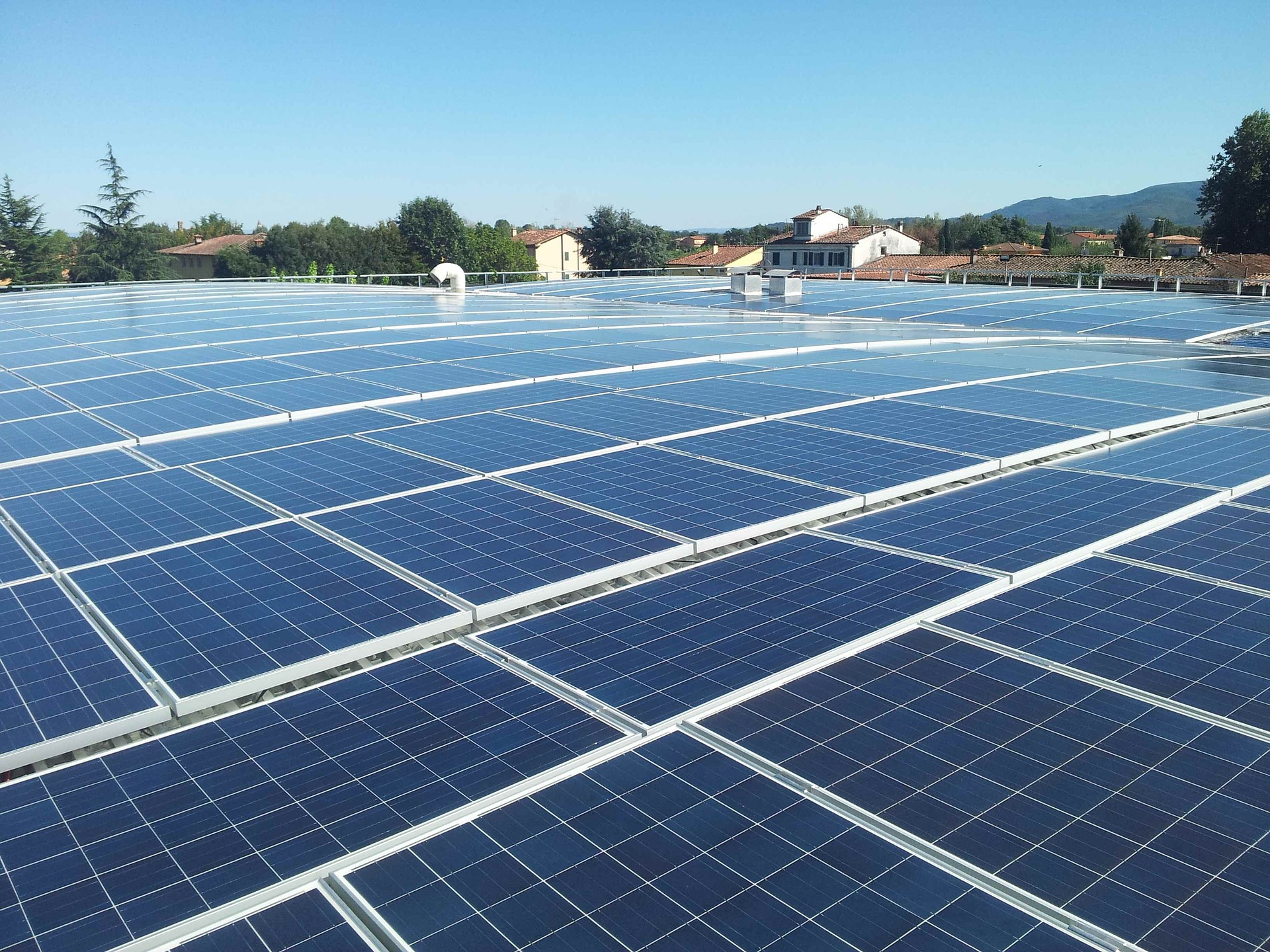
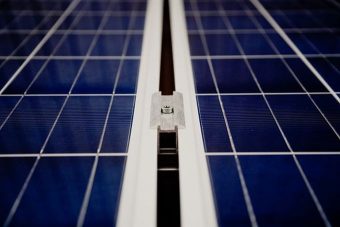
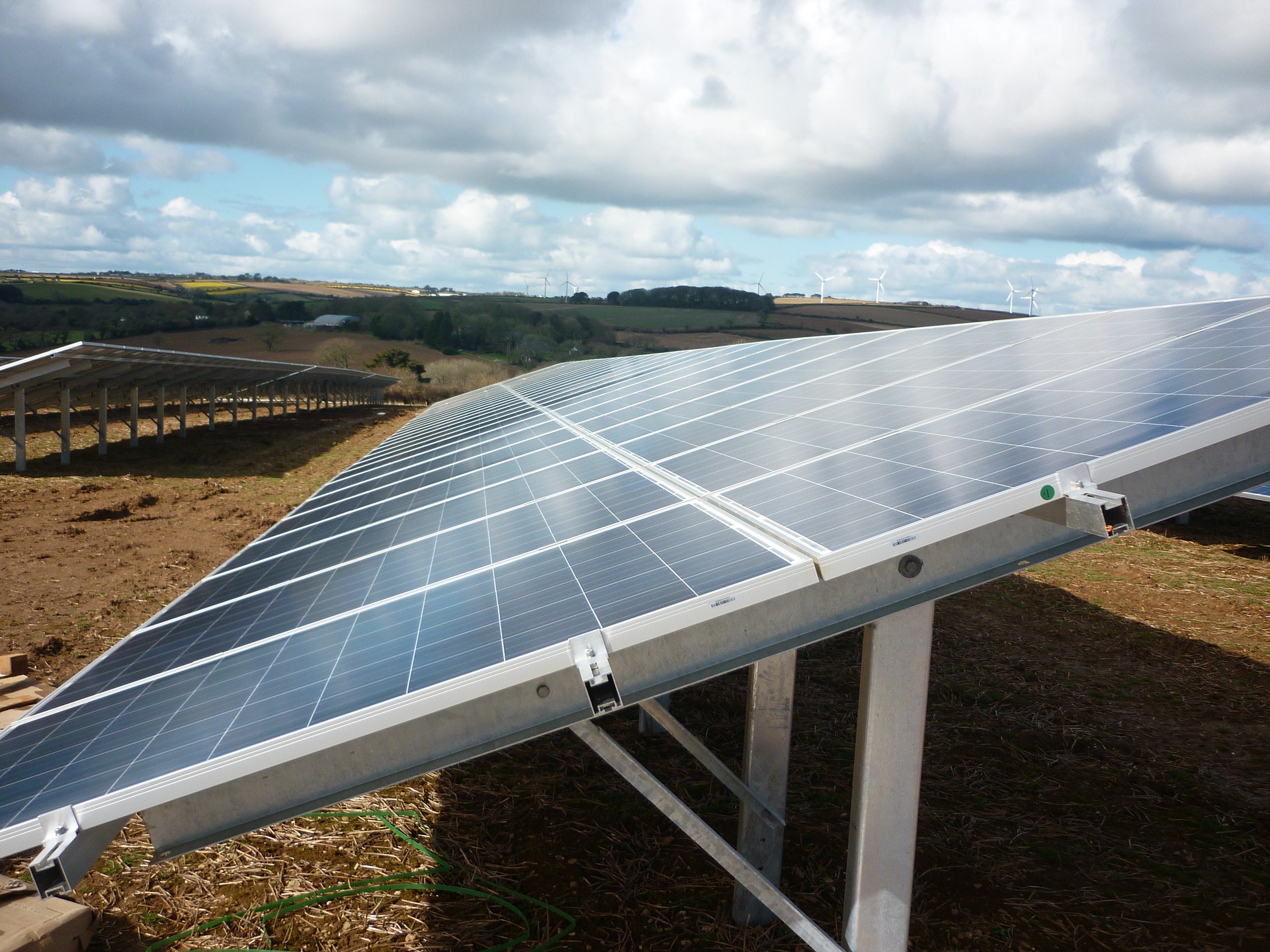
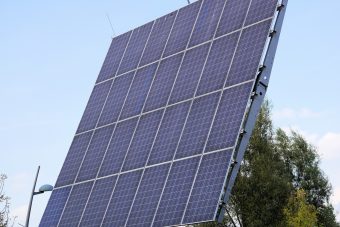
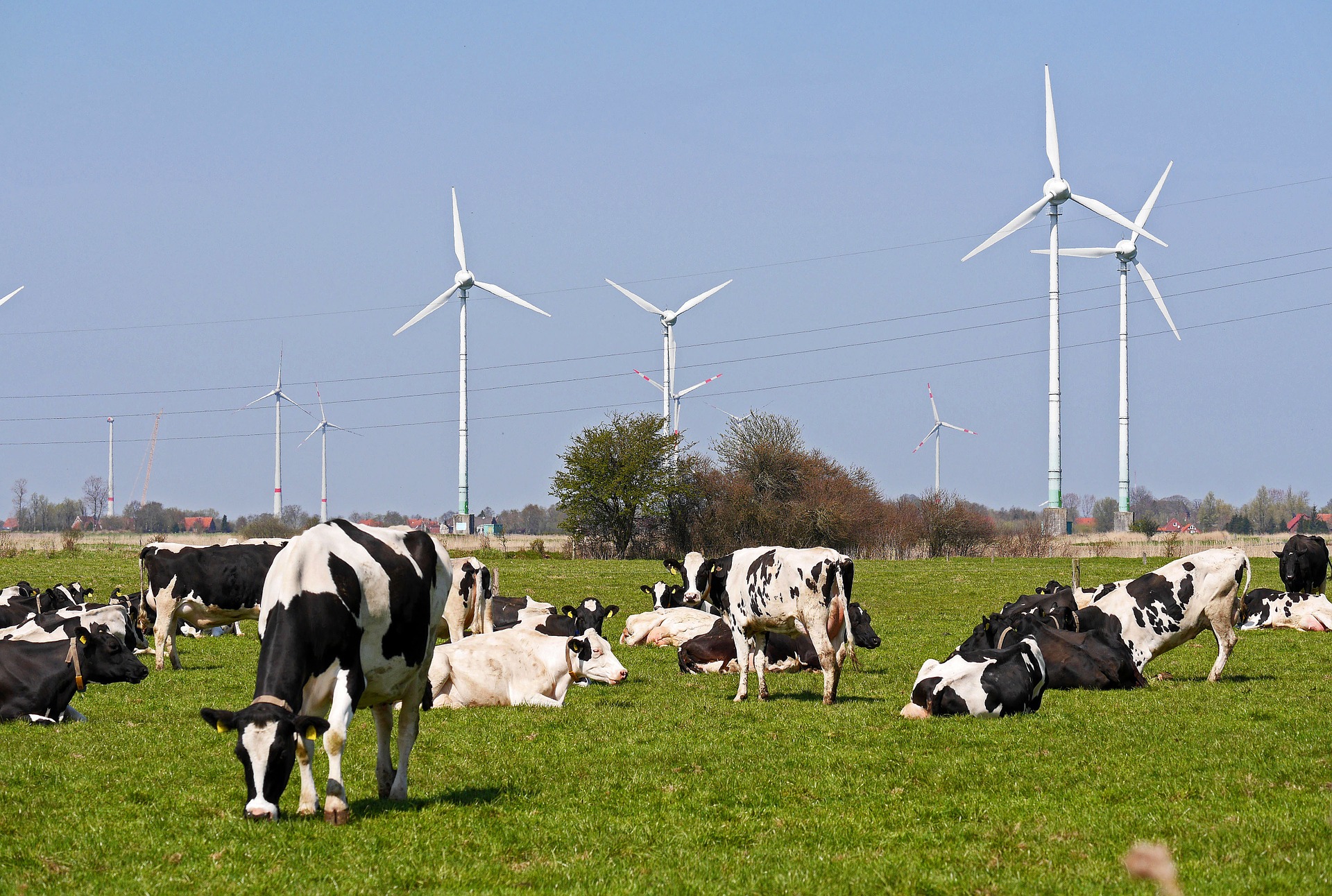
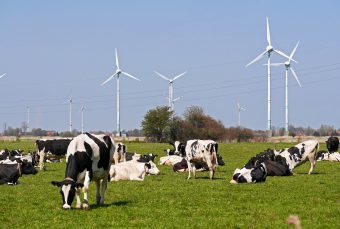
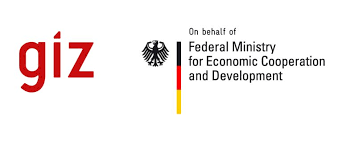
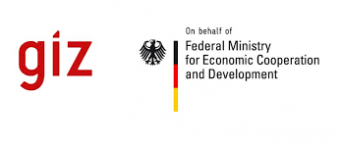 On behalf of the German Federal Ministry for Economic Cooperation and Development (BMZ), GIZ is currently helping Ukrainian municipalities to train experts and implement energy-efficiency upgrades, for example. These efforts are proving successful: initial measures have already enabled municipalities to cut annual energy consumption by up to ten per cent – with further savings in sight. Nursery schools have undergone comprehensive energy retrofits and have been equipped with solar installations, slashing energy consumption there by up to 50 per cent.
On behalf of the German Federal Ministry for Economic Cooperation and Development (BMZ), GIZ is currently helping Ukrainian municipalities to train experts and implement energy-efficiency upgrades, for example. These efforts are proving successful: initial measures have already enabled municipalities to cut annual energy consumption by up to ten per cent – with further savings in sight. Nursery schools have undergone comprehensive energy retrofits and have been equipped with solar installations, slashing energy consumption there by up to 50 per cent.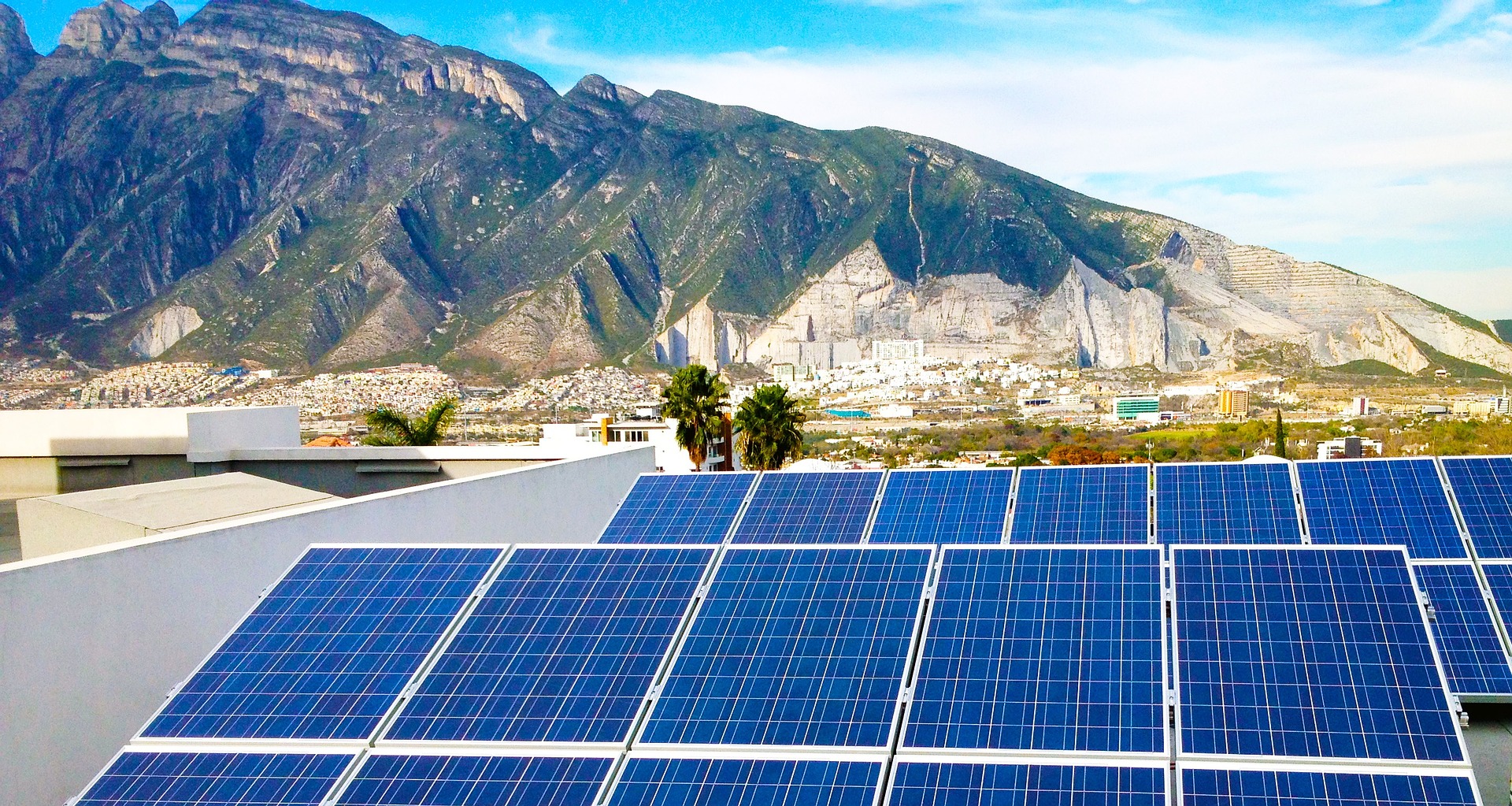






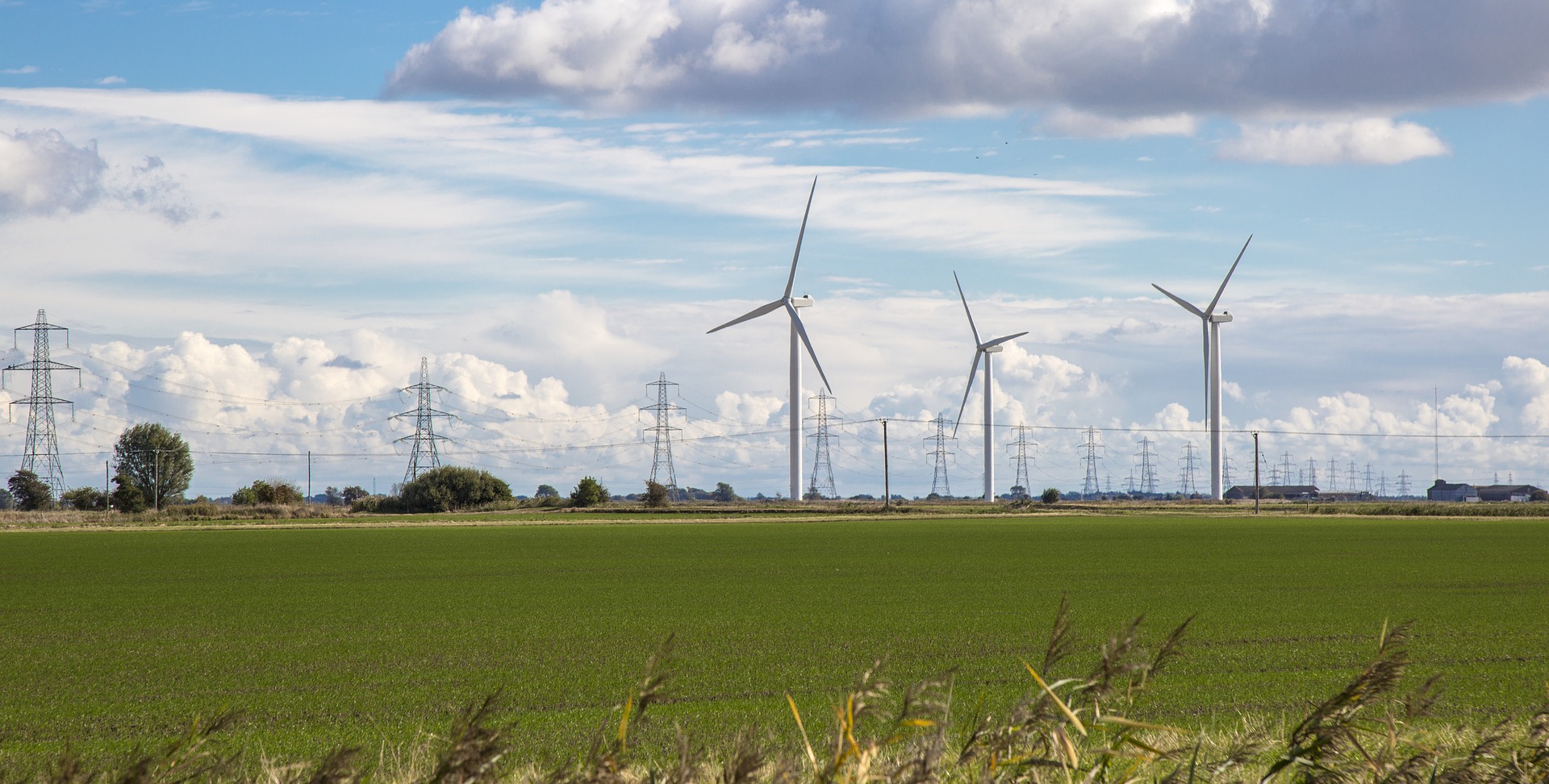
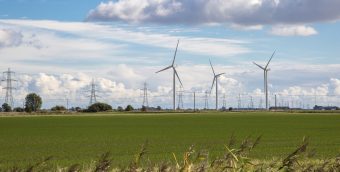
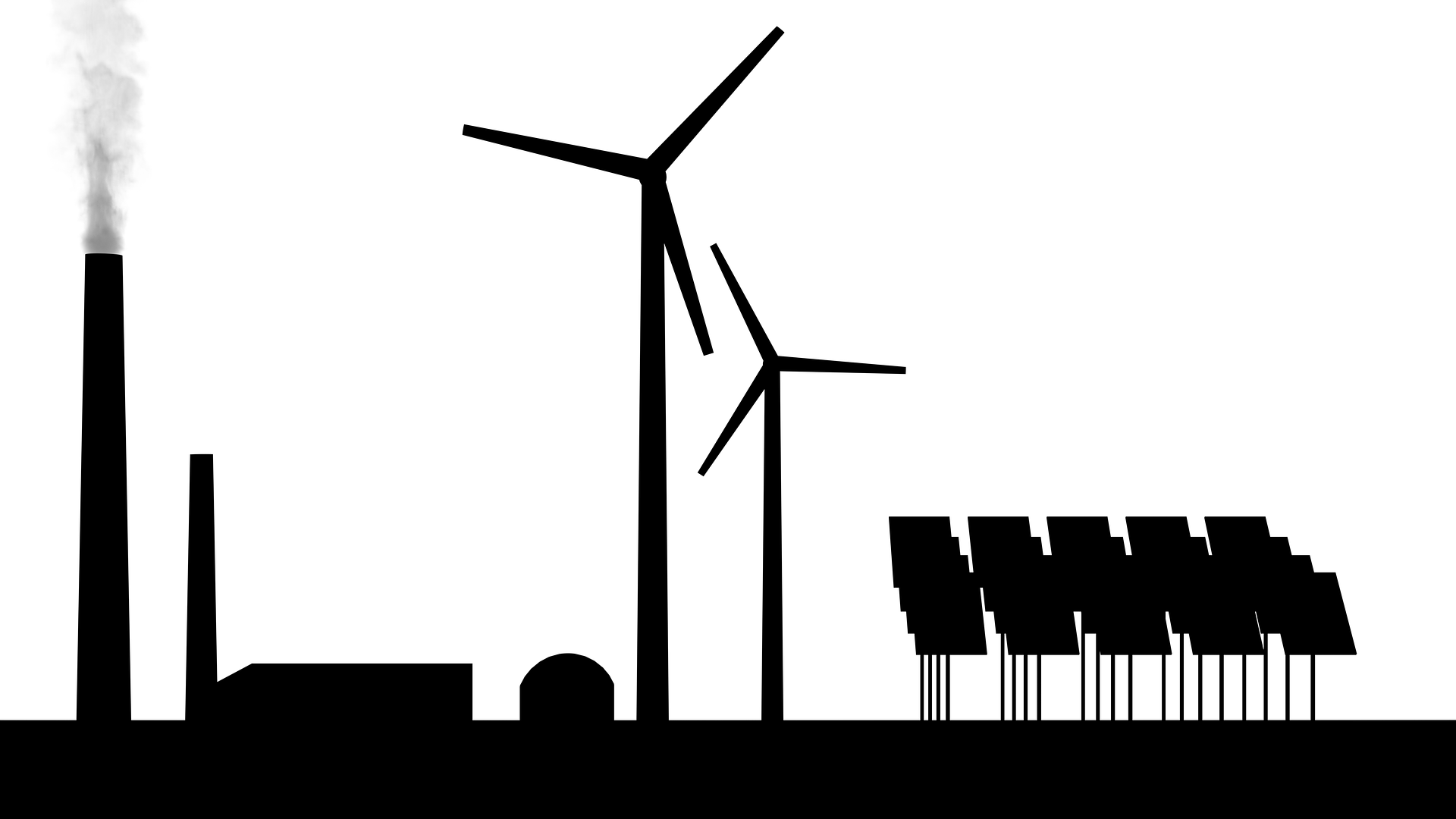
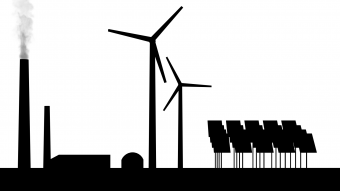

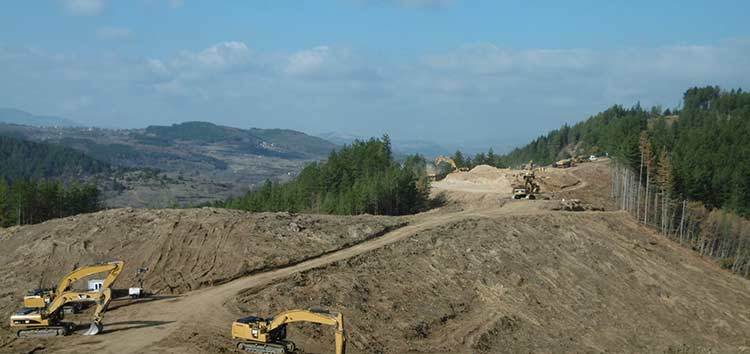
 EBRD to become shareholder in Canadian investor Dundee Precious Metals to promote highest industry standards. The European Bank for Reconstruction and Development (EBRD) is investing C$ 43.7 million (approximately US$ 32.7 million equivalent) in the development of the Krumovgrad gold and silver mining project in south-eastern Bulgaria to promote the highest industry standards.
EBRD to become shareholder in Canadian investor Dundee Precious Metals to promote highest industry standards. The European Bank for Reconstruction and Development (EBRD) is investing C$ 43.7 million (approximately US$ 32.7 million equivalent) in the development of the Krumovgrad gold and silver mining project in south-eastern Bulgaria to promote the highest industry standards.